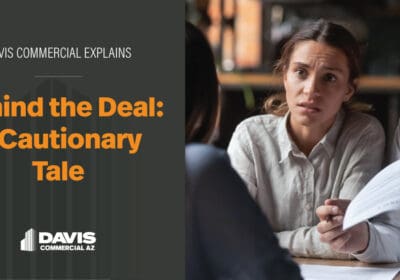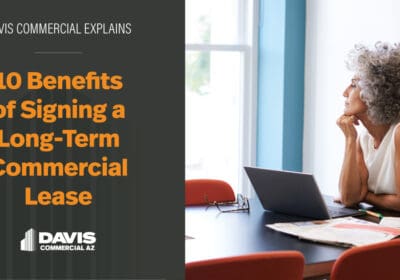Part IV – SimpLEASEity – Commercial Real Estate Overview

We’re going to keep this brief…
Before SimpLEASEity’s™ 11-steps of leasing can be executed, it’s necessary to understand a few commercial real estate (CRE) fundamentals. The key to Tenant success is twofold.
- Appreciate how CRE fundamentals fit into the larger scheme of a lease.
- Recognize the importance of retaining experienced Tenant Representation to save money on your new lease or renewal.
CRE is BIG business. This powerful industry dominates world affairs and it fuels our economy. CRE is built on long standing relationships with BIG money behind it. From the beginning of time, landowners have held the power. As a business owner, leasing office space makes you a contributor to the Empire.
Most of the world’s CRE is owned and managed by a relatively small number of mega companies. Individually these huge CRE owners own millions of square feet of properties. Millions. According to a recent Skyline report from the real estate services firm JLL, high-rise office space in 2016 was on average $43.79 per square foot.
DO THE MATH
The bottom line is Landlords collect billions of dollars annually from Tenants. Blackstone Group states, “We are the largest real estate private equity firm in the world today with $102 billion of assets under management (annually).” Impressive and Blackstone is only one of the industry CRE leaders.
Rental Rate Sensitivity
In the United States, there is a fine line between what the Tenant will tolerate, or can afford, to pay for rent and what the Landlord charges. If the rent is too high, a paying Tenant will be forced to close their business or relocate to possibly an inferior location, thus losing a portion of their clientele. The Landlord will lose a reliable income base from the Tenant.
If the Landlord cannot replace the Tenant, it affects the investment value of the building. If too many Tenants vacate the building or default on their lease payments, there is economic stress on the Landlord and Investors. Additionally, a Lender may call the note due on a financially unsound building forcing the building owner, Landlord, into foreclosure.
Overvalued rents equate to bad news for Tenants, Landlords, Investors, Lenders and economy. Thus, it is good business practice for an experienced Developer and/or Landlord to examine rents in the area and set their asking rateaccordingly; known as fair market rental value.
Industry Lingo: asking rate – the lease rate the Landlord’s Representative is instructed to advertise to the public; ideal lease rate a Landlord wants to achieve for investment reasons.
Conversely, if the rent is set too low, the Landlord may not be able to pay for building improvements as the cost of building maintenance rises with inflation. This hurts everyone. When a building goes into disrepair, the Tenant suffers because their clients, patients or employees may not want to work, or conduct business, in the deteriorating building.
$$$ TIP: It is possible to convince a Landlord to sign a lease with a Tenant for less than the asking rate. 11-steps outlines how to work with your Tenant Rep to negotiate a lease rate for less than what the Landlord is asking.
The good news is it takes Tenants to fuel the Empire and that’s where you come in. Landlords need quality Tenants to provide a return on investment to their Investors. SimpLEASEity™:
- Serves as a primer to the ins and outs of leasing CRE space.
- Is a guide to a successful partnership between Tenant and Tenant Rep.
- Has proven techniques, when working with at a Tenant Rep, to negotiate the best deal possible with the Landlord.
- Provides how to communicate with the prospective Landlord; all in the best interest of your company.
- Suggests tips to achieve a win-win scenario with your new Landlord.
- Confirms your value as a Tenant.
To be continued…




